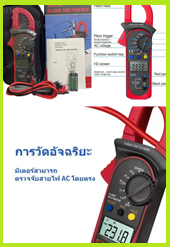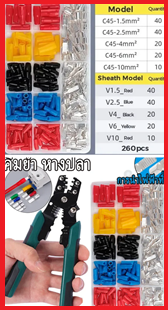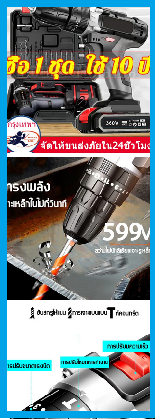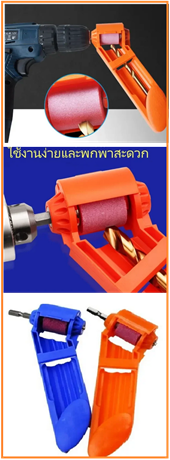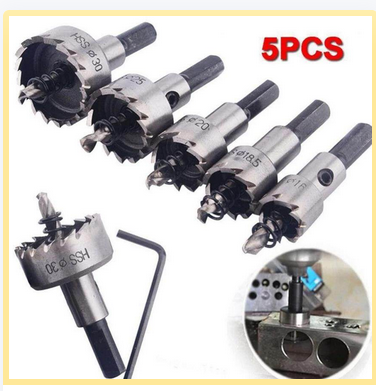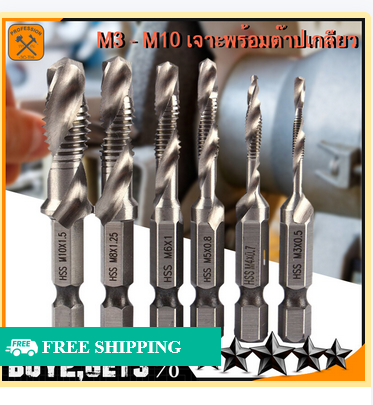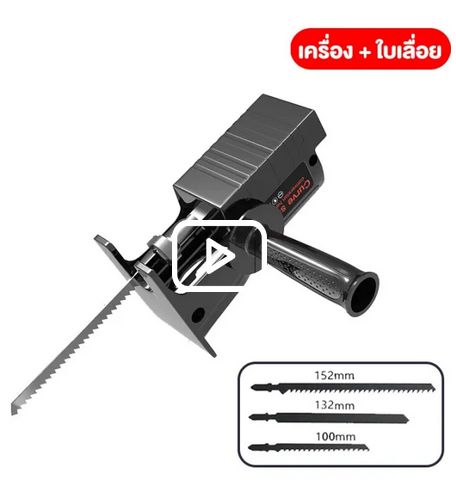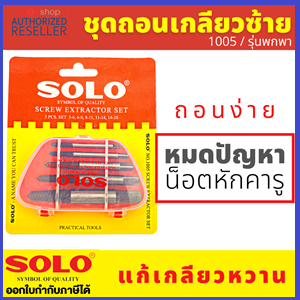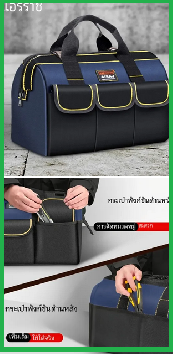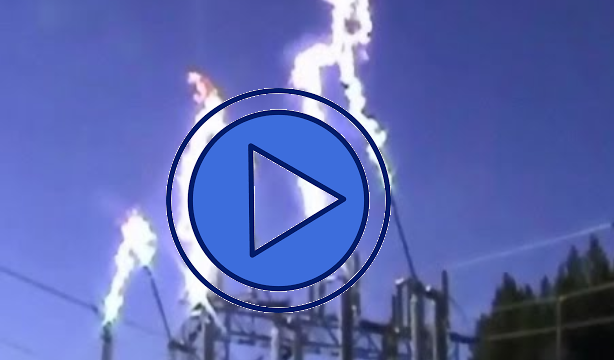Motion Control Requirements
The most common motors in the industrial and embedded space are stepper, brushed, and brushless DC motors, but there are other motor options. Each motor requires individual input signals to spin the motor and transform electrical energy into mechanical energy. In the broadest sense, motion control helps you use the motor that best meets your application requirements without dealing with all the low-level signaling needed to spin a motor.
In addition, motion control provides high-level functions so you can efficiently implement custom applications based on building blocks to create solutions for common tasks like precise positioning, synchronization of multiple axes, and movement with defined velocity, acceleration, and deceleration.
Because most of the motors are operated during transient circumstances, motion control tools need to adapt to different loads and dynamic conditions, which requires complex control algorithm processing and feedback information from the mechanical system. Last but not least, motion tasks are usually mission-critical and often operate machines that could harm humans around them. Therefore, security features such as limit switches and I/O channels are required to collect status information and execute shutdown routines.
Motion Control System Components
The following diagram illustrates the essential components of a motion control system.

Figure 1. The motion controller is the heart of the motion control system.
The part that is specific to your application is the application software you develop. It determines how the motion profile looks and how certain events trigger and influence it. The application software consists of several optional layers. Usually there is a user interface application that offers the possibility of operator interaction. A lot of motion applications include application layers for alarm handling and database connectivity to link to a SCADA system. They also contain motion control instructions executed by the motion controller. The motion controller manufacturer provides the development environment you use to create the application software.
With the aforementioned instructions, the motion controller creates motion profiles. Based on these profiles, the controller sends signals (usually ±10 V or step and direction signals) through an amplifier, or motor drive, to the motor. The amplifier’s job is to take the signals from the controller and change them into signals that cause the motor to move.
As the motor turns, the feedback device – usually a position sensor – delivers position information back to the controller to close the control loop. From this position sensor, the motion controller knows the position of the motor and can derive the velocity at which it is moving. Some applications require multiple feedback devices to ensure that the mechanical system the motors are driving performs the movement the way it should. Although feedback devices offer position feedback, sometimes special feedback information, such as the data from a pressure or vibration sensor, needs to be sent back to the controller.
Motion Controller Architecture
A motion controller acts as the brain of the motion control system and calculates each commanded move trajectory. Because this task is vital, it requires a dedicated resource that offers a high level of determinism. The motion controller uses the trajectories it calculates to determine the proper torque command to send to the motor amplifier and actually cause motion. The controller also must close the control loop and manage supervisory control by monitoring the limits and emergency stops to ensure safe operation. Each of these operations needs to occur in real time to ensure the high reliability, determinism, stability, and safety necessary to create a working motion control system.

Figure 2. Motion Controller Architecture
The following list describes the different tasks of a motion controller.
Supervisory control – Provides the command sequencing and coordination required to carry out specified operations such as the following:
- System initialization, which includes homing to a zero position.
- Event handling, which includes electronic gearing, triggering outputs based on position, and updating profiles based on user-defined events.
- Fault detection, which includes stopping moves on a limit switch encounter, safe system reaction to emergency stop or drive faults, watchdog, and so on.
Trajectory generator – Provides path planning based on the profile specified by the user.
Control loop – Performs fast, closed-loop control with simultaneous position, velocity, and trajectory maintenance on one or more axes. The control loop handles closing the position/velocity loop based on feedback, and it defines the response and stability of the system. In stepper systems, a step generation component acts as the control loop. The loop contains an interpolation component, or spline engine, that interpolates between setpoints calculated by the trajectory generator. This enables the control loop to execute faster than the trajectory generator. Figure 2 illustrates the functional architecture of NI motion controllers.
Motion I/O — Serves as the analog and digital I/O that sends and receives signals from the rest of the motion control system. Typically, the analog output is used as a command signal for the drive, and the digital I/O is used for quadrature encoder signals as feedback from the motor. The motion I/O performs position breakpoint and high-speed capture. Also, the supervisory control uses the motion I/O to achieve a specific required functionality, such as reacting to limit switches and creating the movement modes needed to initialize the system.
National Instruments offers two approaches to implement high-performance motion control systems:
- DSP-based plug-in motion controllers for PCI or PXI
- Custom motion controllers using the National Instruments LabVIEW NI SoftMotion Module

Figure 3. DSP-Based Plug-In Motion Controllers
Figure 4. Custom Motion Controllers Using the LabVIEW NI SoftMotion Module
for more information >> http://sine.ni.com/np/app/culdesac/p/ap/motion/lang/en/pg/1/sn/n17:motion/docid/tut-9667
========================================================
================= ยูทุปของ 9engineer ,com ===================
คลิปที่น่าสนใจจัดทำโดย 9engineer.com ภายใต้ชื่อช่องTechnology talk Channel
1. วงจรและวิธีการสตาร์ทแบบไดเร็คออนไลน์ DOL
2. วงจรควรคุมการกลับทางหมุน
3. วงจรและวิธีการสตาร์ทแบบสตาร์ เดลต้า Y-D Starter
4. การสตาร์แบบออโตทรานส์ฟอร์เมอร์ Auto transformer starter
5. การต่อขดลวดมอเตอร์ อย่างไรไม่ให้เกิดการใหม้หรือเสียหาย
6. การเช็ตโอเวอร์โหลดรีเลย์
7.การเช็ตโอเวอร์โหลดรีเลย์กับมอเตอร์ที่มีเซอร์วิสแฟคเตอร์
8.รีเลย์กับคนแทคเตอร์ต่างกันอย่างไร
9.อื่นๆ
**** นายเอ็นจิเนียร์ขอสงวนสิทธิ์รับรองความถูกต้อง โปรดใช้วิจารณญาณในการรับข่าวสารข้อมูล




